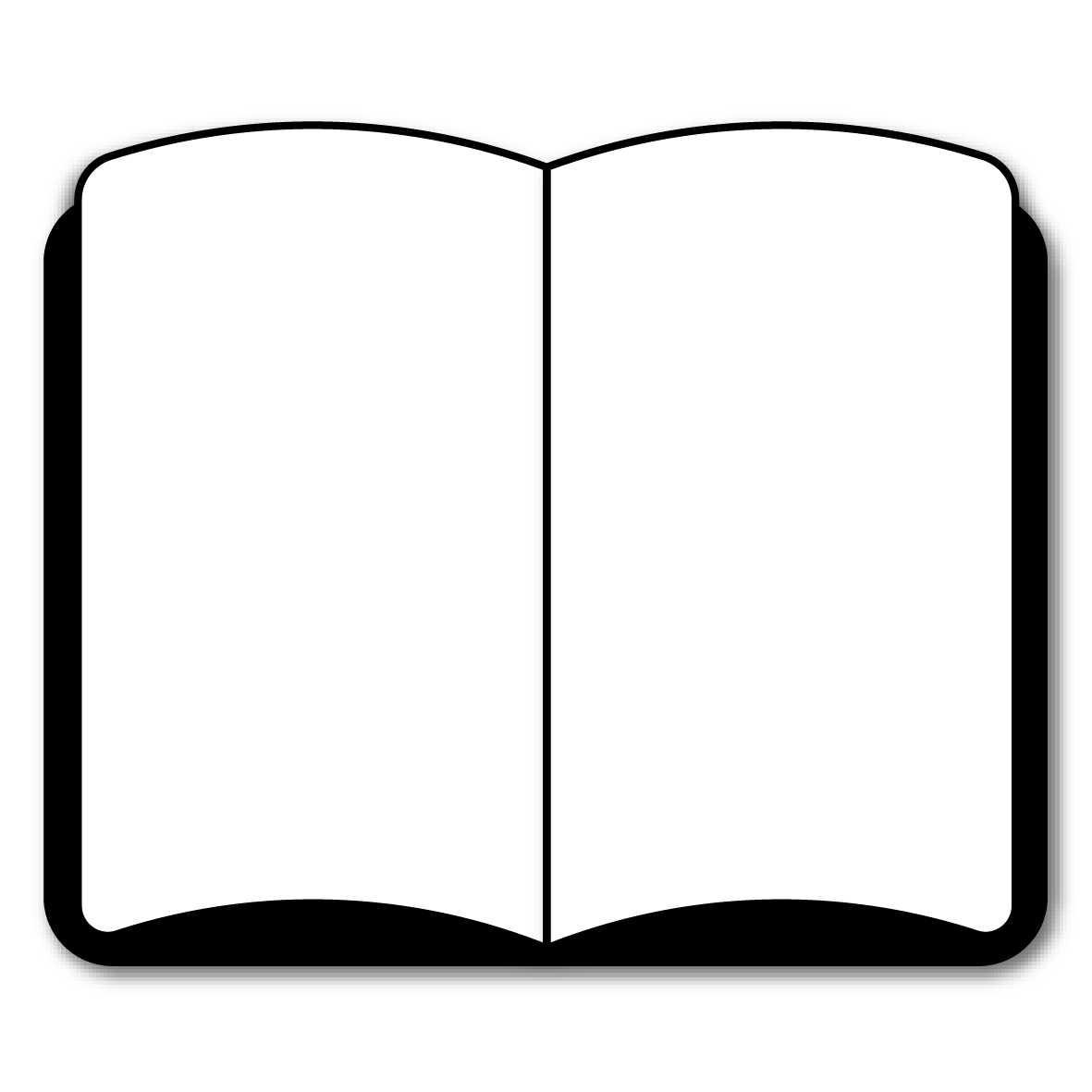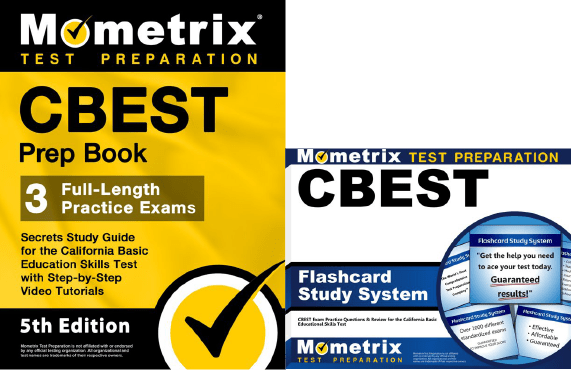Welcome to this overview of the CBEST exam!
If you need help studying for the CBEST or just want some more information about what the test is like, you’ve come to the right place.
What’s on the CBEST?
There are 100 multiple-choice questions and two essays on the exam, and the total time limit is 5 hours.
Let’s take a closer look at the different sections of the CBEST.
1. Reading
100 questions | 1.5 hours
Critical Analysis and Evaluation (40%)
- Comparing and contrasting ideas and information
- Identifying supporting details
- Making predictions
- Recognizing an author’s point of view
- Facts vs. opinions
- Persuasive techniques
- Challenging the statements and opinions in a text
- Identifying inconsistencies within or between texts
- Recognizing language that creates an inconsistent tone
Comprehension and Research (60%)
- Identifying relationships between general and specific ideas
- Sequence of events
- Arranging ideas in an outline format
- Identifying facts and details
- Using context clues and structural analysis to determine word meanings
- Making inferences
- Drawing conclusions or generalizations
- Determining the meanings of figurative/colloquial language
- Using the table of contents, headings, and indices to locate information
- Locating selections of a text containing specific kinds of information
2. Mathematics
100 questions | 2 hours
Estimation, Measurement, and Statistical Principles (30%)
- Standard units of measurement
- Measuring length and perimeter
- Estimations
- Performing arithmetic operations with basic statistical data
- Basic probability principles
- Interpreting standardized test scores
Computation and Problem-Solving (35%)
- Performing operations with whole numbers
- Performing operations with positive and negative numbers
- Performing operations with percentages, fractions, and decimals
- Solving practical math problems
- Solving simple algebraic problems
- Alternative mathematical methods of solving a problem
Numerical and Graphic Relationships (35%)
- Relationships in numerical data
- The position of numbers in relation to each other
- Less and (<) and greater than (>)
- Identifying equivalent numbers and formulas
- Rounding rules
- Logical connectives and quantifiers
- Identifying missing entries from tables
3. Writing
2 essays | 1.5 hours
You’ll be tested on the following:
- Writing with clarity
- Keeping focus
- Developing ideas
- Using standard English conventions
- Refrain from using non sequiturs and internal contradictions
How to Register
To get started, you’ll need to create a Pearson VUE account on their website. From there, can choose which section of the test to register for. Each section is administered separately, so you can only register for one section at a time.
CBEST Scores
The test is scored using a scaled scoring method. Here’s how it works:
For every question you answer correctly, you get one point added to your raw score. At the end of the test, your final raw score will be converted to a scaled score. This scaled score will range somewhere between 20 and 80.
The reason your raw score is converted to a scaled score is because everyone who takes the CBEST is given a slightly different set of questions. Since everyone has a different arrangement of questions, and because some questions are harder than others, converting your raw score to a scaled score ensures a more even playing field.
Retaking the Test
If you didn’t get a passing score on your first try, that’s okay! You can retake the test after a 45-day waiting period.
Keep in mind that you will have to pay the full testing fee every time you retake the test.
Online CBEST Prep Course
If you want to be fully prepared, Mometrix offers an online CBEST prep course. The course is designed to provide you with any and every resource you might want while studying. The CBEST course includes:
The CBEST prep course is designed to help any learner get everything they need to prepare for their CBEST exam. Click below to check it out!
FAQs
How many questions are on the CBEST?
The test contains 100 questions and two essays.
What is the time limit for the CBEST?
The full test is timed at 5 hours.
What is the passing score for the CBEST?
You’ll need to get a final scaled score of at least 41 on each section of the test in order to pass.
How much does the CBEST cost?
Each section costs $30, so the full test costs $90.
California Basic Educational Skills Test and CBEST are trademarks of the Commission on Teacher Credentialing and Pearson Education, Inc. This page was developed by Mometrix Test Preparation. It was not developed in connection with Pearson Education, Inc., nor was it reviewed, approved or endorsed by these agencies.



 CBEST Online Course
CBEST Online Course CBEST Study Guide
CBEST Study Guide CBEST Flashcards
CBEST Flashcards

